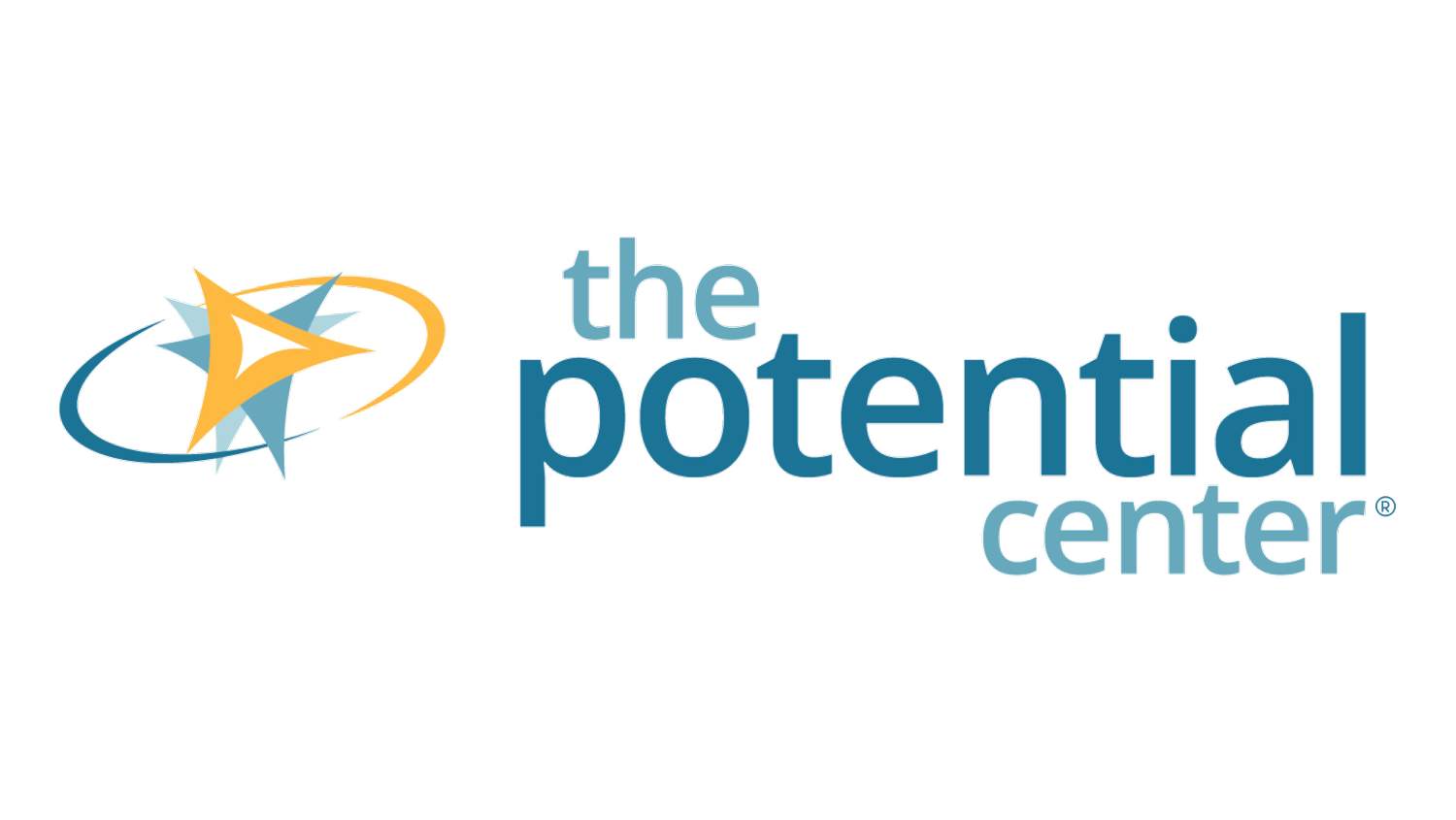Part 3 of The funky world of brainstorming tools!
Are you ready for a revolution in solving problems? (Image by Freepik)
Welcome to another post expanding on the Brainstorming Playbook!
In previous weeks I introduced you to Re-Expression and Related Worlds ideating tools. This week…
You say you want a Revolution 🎶
The mind is quirky. It tries to make incoming data fit with what it already knows, like filing it into existing folders. The purpose of Revolution tools is to deliberately break the mind’s preference for this way or organizing. A typical way to shake up the brain is by imposing extreme constraints or eliminating all constraints.
Examples:
Reduce the budget by 50%
10x the price
Everyone wants it!
Technology makes the existing product redundant
Turn something slow (like a tortoise) into something fast (like a tortoise on a skateboard)
Here’s an example of how Revolution tools can work…
A city in the Netherlands had a littering problem, and fining people wasn’t solving the problem. They had an idea: “Instead of fining people who drop litter, what if we reward those who keep the place clean?”
They created trash cans fitted with sensors. When someone put trash in the can, it hit the sensor, which triggered the recording of a joke. After a while, people sought the reward of the joke and the litter problem was solved. They revolutionized the problem by making the result a reward instead of a punishment!
Let’s dive into the pool of tools!
Reversal
(adapted from “Instant Creativity,” Clegg & Birch; image by Freepik)
This tool reverses the problem. For example, if the requirement is “how to significantly increase revenue”, the reverse would be “what could we do to significantly reduce our revenue?”.
Spend five minutes brainstorming ideas to actively negate your positive ‘how to’ statement.
Look at the implications of the ideas you’ve generated. You might be surprised to find that some of these practices are actually undertaken by your organization!
One outcome, then, is to modify or stop one or more of the practices you identify in this exercise.
This exercise can be done individually or in a group. You can add a competitive element for group brainstorming: split the group into ‘the baddies’ (looking to make the proposition fail), and ‘the goodies’ (looking to reverse the baddies’ ideas and convert them into something useful).
It’s easy to simply list the obvious positive ideas in reverse, then turn them around again. Make sure you go beyond the obvious, both in the negative suggestions and how they’re applied back to the real problem, because that’s often where the secret sauce is.
Note that this tool is better for overcoming obstacles than for new product development.
It’s Silly
(adapted from “Instant Creativity,” Clegg & Birch)
This is a brainstorming session where people toss around ideas, like normal. But there’s one important rule: only silly, unworkable, impractical, or impossible ideas are allowed.
Brainstorm for about 5 minutes or so, or until people run out of ideas. Disqualify anything that sounds practical or sensible. Don’t allow excessive argument over what is or isn’t silly – if there’s any doubt, don’t allow it. Don’t worry if the ideas generated have little connection with the actual problem. It’s the second stage where the potential lies.
Next, take a look at the ideas that came out. How could you modify one of them to make it attractive? Or turn it around on itself? Take care not to water down the idea too much.
If folks were excited by one or more of the resulting ideas, regardless of how silly they seemed at the time, run another brainstorming session and pose the question: “how could we make this [thing] possible?”
A variation of this exercise is to split people into two groups and each group generates their own silly solutions. The groups then swap ideas and try to make each other’s solutions feasible.
How will you and your team use Revolution ideating tools?
Look at your calendar for meetings where you could use one of these techniques. Choose a tool that you will introduce at the session. Play with this tool in advance of the meeting so that you’re clear on how it works, how to explain it, and guidance you’ll give if people get stuck.
Need help with facilitating creative problem-solving?
We offer different options for deepening your expertise in using ideating tools and creating a culture of creative problem-solving and innovation, which will contribute to you being an even more highly valued manager! Schedule a time to talk here.
Till next time,
Ellia
I believe that, with the right support anyone can learn creative ways to solve problems. If you’d like to see what tapping into creative potential could look like at your place of work, contact me at Ellia@ThePotentialCenter.com to arrange a call.



